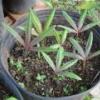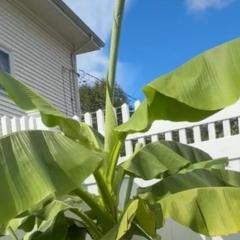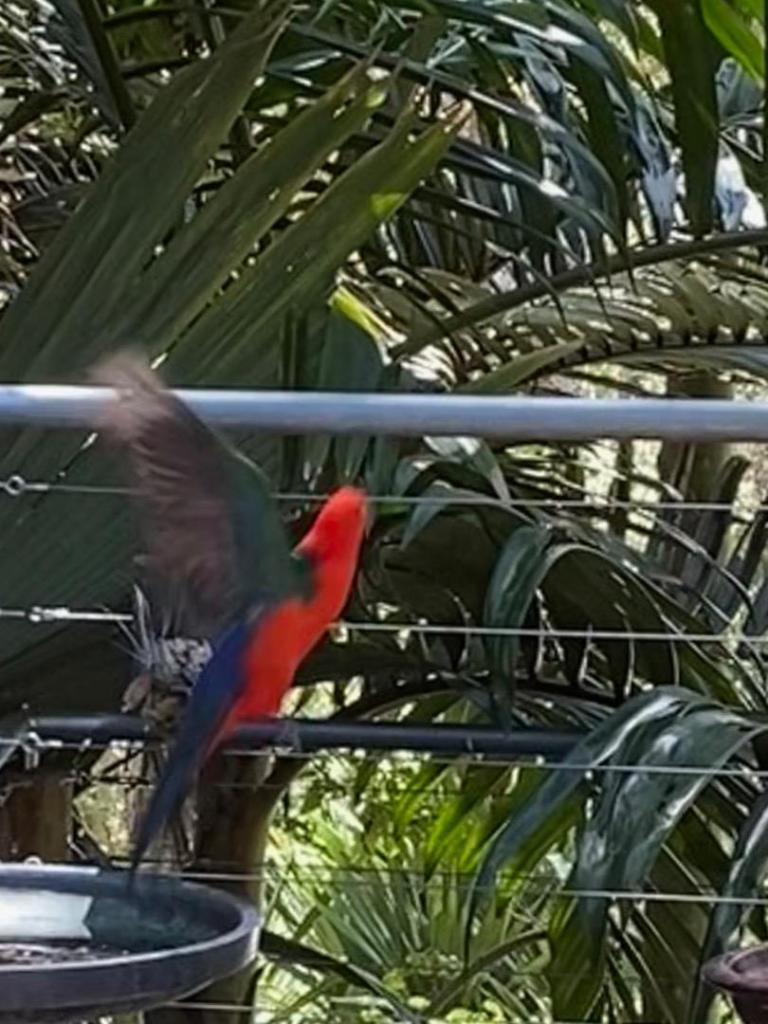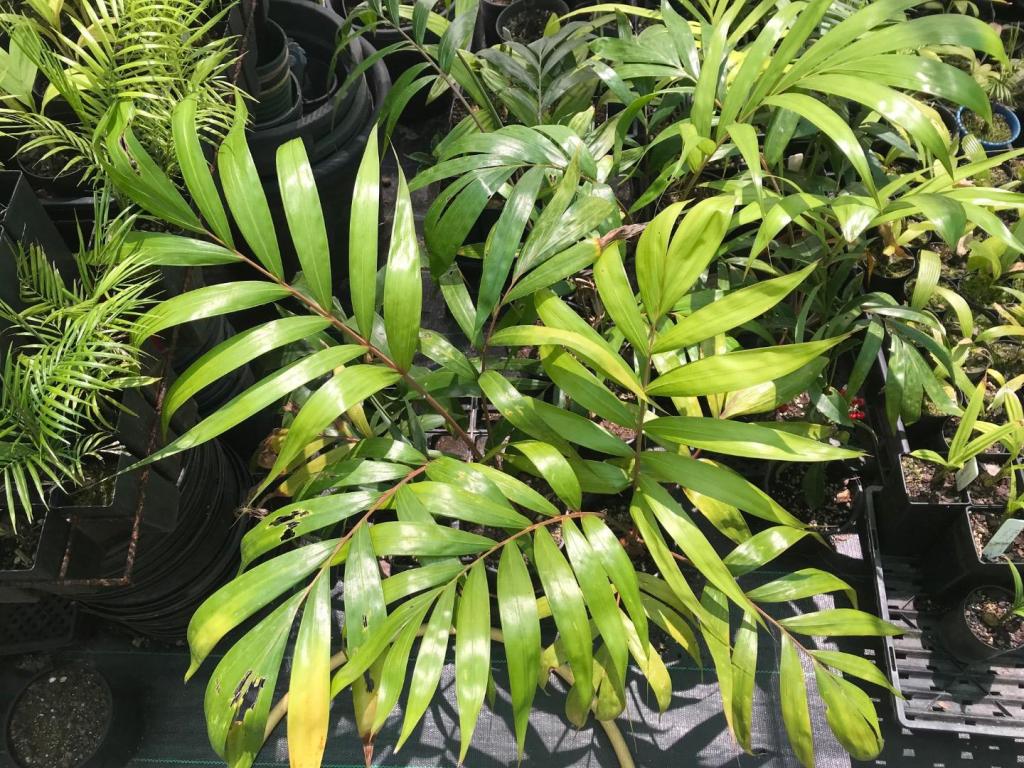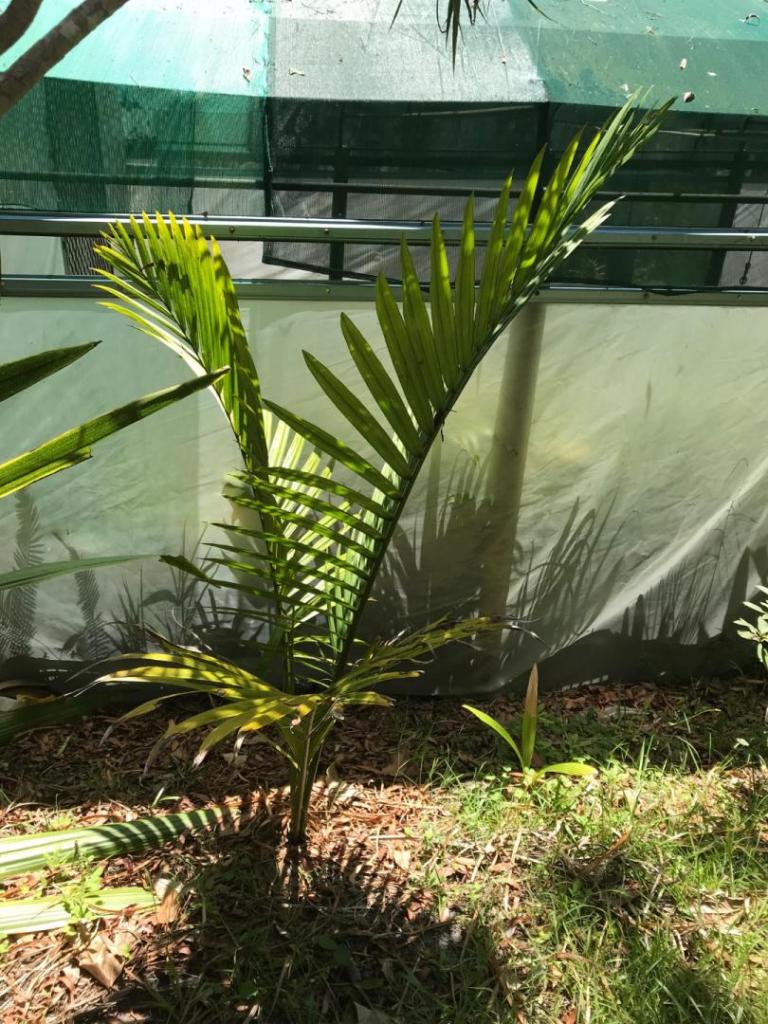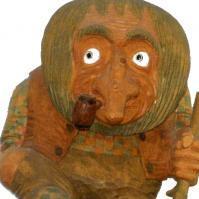Leaderboard
Popular Content
Showing content with the highest reputation on 10/21/2024 in all areas
-
7 points
-
Paul, First off, it was a pleasure having you two to the garden! Perhaps try a Chambeyronia in a spot that receives some sun. Maybe adjacent to a south or west facing wall. The picture below is one of my young ones this past January opening a new leaf in the winter’s cool temperatures. Most of my twelve flamethrowers produce three new fronds per year. The slower ones, 1 and half to two. It’s worth a try.6 points
-
4 points
-
4 points
-
A spot of gardening this afternoon in the mild spring weather. Perfect for planting plants. Soil is the key to a good start with my palms in my environment having black sandy loam you just need to amend it a little or a lot. The old saying a $2 hole for $200 plant or a $200 hole for a $2 plant it can vary at times. The magaloni is a tough proven palm already in my garden. The hookeriana have survived winters without a single problem so iam confident they will grow well I just need to add water.3 points
-
I planted a couple of 1g hookeris in full sun a couple of years ago, and they grow at a decent (for SF) pace, although they still sun burn pretty badly. The latest frond opened at the beginning of June and stayed burn free until the recent heat wave. The next spear was 1" then and almost 20" now. I do give them a lot of water. For other smaller palm ideas, Ravenea hildebrandtii has been easy in the shade for me and R. glauca similarly easy in full sun.3 points
-
We have a dry desert climate here vs a wet humid climate that keeps them dormant in the winter. Well drained soil and dry air are key to help them survive. Plus the types of species that are best selected for our area. Washingtonia Filifera do best here. Then Filibusta. Trachycarpus Fortunei do good if you keep them irrigated during the summer months (they do and look best in the Pacific NW). A lot of people used to plant Washingtonia Robustas here about 15 years ago (including me) because big box stores used to sell them. They just aren't as hardy as the other Washingtonia species.3 points
-
2024 Growing Season Update Just thought I'd post an update at the end of the 2024 growing season here in Accomack, VA on DelMarVa. It looks like the Jubaea chilensis has grown a couple feet since last summer and is now about 6 feet tall. I got tired of bringing 4 large Cycas pectinata in for the winter, so planted them out in the garden the other year. One sprang back at the end of last summer but it was tiny. This year I just discovered another one that has come back -- but just 2 leaves. C. pectinata's natural range is E. Asia - China, northeast India, Nepal, Bangladesh, Myanmar, Thailand, Cambodia, Laos, Vietnam. Here in Accomack it would survive outside in a pot until December (so down to 30's°F) when it's leaves would get browned, then I'd bring it in until spring when I'd set back outside. To survive temps in the 20's°F, I think the caudex must be well buried. The ones I had were grapefruit to cantaloupe size and the small caudexes were the ones which got buried deeper and sprang back to life. The Sabal minor var. Louisiana is still growing fine as are the needle palm (Rhapidophyllum hystrix) and Sabal minor 'McCurtain Co.' ecotype. I decided to try some Tillandsia usneoides which I hung out this spring on a saucer magnolia, some crepe myrtles and bald cypressees. It bloomed and now has lots of seed pods. It's been a very dry summer and fall. We are still in a drought with a deficit of several inches of rainfall. The spanish moss looks like it's doing just fine. Will see how it survives the winter. Another plant that likes more water than we get here in Accomack is the Coastal Redwood. In the picture, you can see a large bald cypress in the background with a coastal redwood (Sequoia sempervirens) in the foreground. Both trees are the same age. The average annual rainfall in Accomack Co. VA is 44 inches, but in the native range, the redwood receive 100 inches of rainfall annually. I have two planted, and the one in the photo planted in line with the bald cypresses is near a seasonally flooded low area. It's grown larger than the other planted out in the open in a drier, sunny location. Still both grow just fine, water seeming to be the limited factor in their growth rate here. They are less stressed by drought than either Leyland Cypress or Arborvitaea (Thuja).3 points
-
A nice little batch of seeds. Customs is the only delay really in getting them fresh from rps 7 weeks wait for customs Australia that’s not good for a living thing losing viability from the day it’s harvested. There excuse was they had a backlog not a lot you can do except phone calls and emails. I finally got some dypsis confusa, masoala Madagascariensis, Areca Montana, and geonoma mooreana. The mooreana and the confusa had started to germinate it took that long in customs. All were sown in coco coir perlite bottom heating 30 degrees Celsius and using etoliation method. A few months time I will know what I have germinating I hope.3 points
-
Harry it gets full morning sun, afternoon shade. Most of its life it got little to moderate water. Now I give it quite a lot of water especially when it is warm to hot. It likes being watered!3 points
-
My plant originally came from Floribunda palms here on the Big Island. It was grown from seed that was collected at a local garden here. Some of the seed came up different and showing hybrid traits. But all was collected from a Decipiens. I have seen the parent plant myself. There is a large multi trucked Chrysalidocarpus next to the Decipiens in the garden that seemed the most likely candidate for what it crossed with. I’ve posted a picture of that palm earlier in the thread. Floribunda sells palms to California nurseries which is how some of these made it out to other collections (like @iDesign). Others bought directly from Floribunda like I did. Hope that helps. Also, I can’t speak to other plants shown on this thread that didn’t come from Floribunda originally.3 points
-
I have one I planted in about 2005. It was as a seedling. It stayed very messy looking until a few years ago. That was when I trimmed it for the first time. After trimming it looked decent! Restarting this thread made me go and revisit today! The first two pics are before I trimmed it up. The next three are after trimming. It's starting to look special to me! The underside of the leaves is very silvery! The last pic the snips are there for scale. I will turn 67 next month so if I live to 100 it will grow from special to spectacular!!! Randy3 points
-
3 points
-
3 points
-
Send seed immediately please...I'll send you a courier pigeon!2 points
-
I bought this plant a few days ago and have run several identify checks from 2 apps and both of them told me that it is a robusta with one app giving me a probability of 67% but I am still not satisfied and have this doubt in my mind that this might be something else so here I am asking for your commments.2 points
-
I purchased y first shovel at age 18 4 handles later it retired. It had worn out that much it was only 4 inches long with a big scollop shape. It finally cracked in the middle the same time I inherited my father’s shovel you kinda get fond of the good old shovel. I used the wife’s shovel the other week a cheap China one my foot slipped (bare feet of course) 4 stitches later from a trip to the hospital I thought iam never using that one again yes I know even the hospital said bare feet I never wear shoes at home in the bush so far only one snake bite I lived to post this so it could’ve been worse. Richard2 points
-
When I travel through the tableland regions in the states of Paraná and Santa Catarina, where Butia eriospatha is native ( not so common), most of this regions also have in bigger quantities , wild "jerivá" (tableland varieties of Syagrus romanzoffiana) and frequently I see xButyagrus paranaensis, sometimes cultivated and some in semi wild conditions. All this are natural hybrids and not made by gardeners. They really are very atractive and some are really magnificent. When in cultivation they are probably selected about volunteers. I also remember the botanist Kelen Soares photographing hybrids of Butia lallemantii x Syagrus romazoffiana in the state Rio Grande do Sul.2 points
-
I have question, in South America where these palms are native how often and in what area are natural hybrids present? Butia has many different varieties, are these hybrids or distinct? As more and more people in North America are planting various palms, I wonder how much naturalization and hybridization is occurring.2 points
-
Yeah. You can't see the trunk in this pic but it's very thick! Plus the fronds are pretty Filiferish in size and color. I think I might have just came up with a new word "Filiferish". Lol2 points
-
This is a pic of a 42” pot that I have mine in… It is from about 2-1/2 years ago, and the the palm is bigger now, but doing just fine.. One of my concerns about going with a smaller pot was the with the palm being top-heavy, it might fall over.. It did a few times in he smaller pot, but with a few 100 #s of planter mix in this pot, it’s pretty well grounded… Butch2 points
-
Yes, the weather 🌴for the last 4 years has been absolute trash. The top 3 coldest winter lows of the last 34 years have all occurred in the last 4 years. The lows were not only exceptional but the duration of freezing as well. 2023 was the hottest summer on record since modern records began. 2022 was the second hottest summer on record. Add in the ensuing drought 😡 Everything that can go wrong has gone wrong. The 1980s were dark times for most of the South too. Hopefully we will be done with this nightmare soon. Don't let all the doom and gloom consume you though. I still plant like it's zone 9, 'cause it still is over the long-term. 🌴2 points
-
2 points
-
Things to study / find the links between that can influence a " good / ideal " or " bad / poor " WX pattern / help answer the above - highlighted question? PDO ( Pacific Decadal Oscillation ) ENSO Cycles ( El Nino / La Nina ) P.V. = Polar Vortex, and SSWE ( Sudden Stratospheric Warming events ) ...AND the various teleconnections that link everything together.. ..MJO, AO, NAO. and the PNA.. ..Some other, more obscure WX pattern " forcers " puzzle pieces to study out there too. Weird WX in one place = weird WX in many other places, ..though Weird here may be warm in Feb. while Weird back east = cold ..Warmer/ colder than what is considered " Normal " Simply put = No simple answer(s) ( Though there are plenty of simple people who assume there are ) .. lots of rabbit holes however, that will lead you down a lot more, as you gain knowledge..2 points
-
2 points
-
I did a whole bunch of cleanup today, and finished piling up all the debris for pickup. The cactus above was so top-heavy that I had to chop off most of it, but it'll grow back just fine. This time I drove 3x 4' stainless pipes into the ground and tied it tight. One big job today was removing the Bambusa "New Guinea Black" from the SE house corner. In the post on 10/16/24 I called it "Malaysian Black," but the Gigantochloa "Malaysian Black" is up in the NE corner of the yard. The specs on Tropical Bamboo's website are 20' tall and 1" culms, but it was more like 2" culms. I was going to move it to the SE hedgeline, but it's a somewhat "open" clumper and I decided to just trash it instead. After slicing it up with the reciprocating saw, it took about 30 minutes to dig out an entire 7g pot full of rhizome chunks: And in its place I transplanted a big clump of Rhapis Humilis I got from @palmsOrl a few years ago. This is a full sun spot, so we'll see how it likes blazing FL sun...2 points
-
I don't know how those palms survive there lol people in Albuquerque just know more about the palms in their yard and know its going to burn almost every year but they just cut all the dead fronds and there ya go! Though other people in other places iTs DeAd Just wait just wait ah look at that a new spear. How about that!2 points
-
@Foxpalms @gurugu The Isles of Scilly probably have 5 of the top 10 best UK beaches in my eyes. There are only a few others in mainland Cornwall and the western isles of Scotland that could maybe rival these. Even then, they probably still come up short against the top Isles of Scilly beaches. Tresco and St Martin's especially have several world class beaches each. Unfortunately my day-trip to the Isles of Scilly in September was very rushed due to several reasons that I won't go into, and I wasn't able to appreciate any beaches at all. Next time I visit the Scilly Isles, I will primarily focus on experiencing the idyllic beaches and crystal clear waters. Some of these are probably amongst the best beaches in all of Europe, specifically the top 5 below... 1.) Pentle Bay, Tresco (probably the best beach in the Isles of Scilly and one of the best in Europe) 2.) Par Beach, St Martin's (St Martin's probably edges Tresco for best beaches overall, and this is one of the best beaches in Europe). 3.) Ganilly Sandbar, eastern Isle chain (uninhabited) - can reach by boat or kayak from the east side of St Martin's... 4.) Great Bay and Little Bay, St Martin's 5.) Appletree Bay, Tresco 6.) Green Bay, Bryher (during low tide you can walk to Appletree Bay on Tresco). 7.) Horseshoe beach, Tean (uninhabited island) - can be reached by boat or Kayak from the west side of St Martin's. 8.) Pelistry Bay, St Mary's 9.) The Bar, St Agnes 10.) Bar split, Samson (uninhabited island) - can reach by boat from Bryher or Tresco Bonus - Porthmellon and Porthcressa beaches, St Mary's (both are immediately accessible after arriving on the ferry from Penzance). Here you can see all the beaches mapped that are worth visiting. Not all of them are shown above. The top 5 are must visits - Pentil Bay, Par Beach, Ganilly Sandbar, Great Bay/Little Bay and Appletree Bay. All 5 are viewable from Tresco and St Martin's.2 points
-
2 points
-
2 points
-
I remember that Patric told me that Dick Dougla's famous Butia odorata x Jubaea wasn't able to pollinate itself (steril pollen). This being hybrids of another butia species and also 3 different plants....maybe another story.2 points
-
1 point
-
It would be a long duration for this area of the country and for this palm though. That would be impressive.1 point
-
I meant short duration of cold in this case. Anything too long and it would be a casualty.1 point
-
Nice work. When my shovel hits the dirt to plant a new palm it sends a bunch good vibes through me. Even chiseling rocks out if needed. I want to make sure there is a good home for plant. I usually mix some of the dirt from the ground with some top soil mix to blend with the potted plant soil that falls out . Then , the subsequent growth tells me the plant is happy. Harry.1 point
-
1 point
-
Bauhinia monandra is easily my favorite of its genus. While living in Honolulu many years ago I became enamored of this tree, and I later attempted to grow it in Los Angeles. Alas, I could never get it to survive, let alone flower, in the relatively cool UC/Sunset "zone 23" climate of the Hollywood/Los Feliz area; and I know others on this forum have discussed their disappointments with this one in SoCal. I have been experimenting with it the last few years here in the Palm Springs area, have lost a couple and in both cases had middling results until they died...but last year I planted three small seedlings in a coveted winter suntrap and where the young plants can be under the leading edge of a bit of south-facing canopy. Lo and behold all three survived last winter although two have stayed rather small and have yet to flower. The one in the most perfect position, however, grew well last season and got through the winter in excellent condition, and started back into growth in May, flowered around Memorial Day into June, then took a break for July/August and started up again at the end of August and is still blooming. To me this is a testament to the old adage of "try, try again" before giving up. (I have done the same with the oft-failing Cordia sebestena and finally have a beautiful specimen thriving in the same suntrap area as the Bauhinia monandra.) I have noticed, however, that the coloration of this species' flowers seems very dependent on temperature. This year has featured the hottest stretch of weather in the 100+ years of record-keeping here, with extreme heat from the beginning of June until about ten days ago, topping out at 124F with almost constant 110s and several days hitting the 120s. And with only two one-week "breaks"--if you could call them that--from the worst of the heat. I noticed that the flowers were significantly paler than those I had experienced previously, and at one point they were almost white with only the flag-petal retaining its typical deep magenta pattern. However, the newest flowers, after just a week or two of highs only in the low 100s and now upper 80s/low 90s, have significantly deepened to the color-scheme I think of as "normal." (And note that the lighter color is not from sun-bleaching, as they were protected from harsh sun under the filtered canopy of Caesalpinia pulcherrima and a nearby Hibiscus tiliaceus.) Has anyone else here been able to successfully grow and flower this species in SoCal, either coastally or in the inland valleys or low desert? And, if so, have you also noticed this coloration issue dependent on weather/temperature conditions? I have also noticed this with my Antigonon leptopus vine, which was a very pallid pink over the summer and suddenly has also deepened into a deep coral-pink color. I know that Plumeria are notorious for changing color based on temperature and sunlight (i.e., whether grown in the fog-belt, inland valleys or deserts), but wasn't aware this was an issue with something like Bauhinia. I did a quick search online and found some studies that showed some other flowers had a reduction in specific anthocyanins in flower-petals under heat, so I expect this is what's going on. Perhaps it is just the compound(s) involved in the pale/medium pink component, since no other colors seem affected, particularly the dark pink/magenta on the same flower; nor on something like my Mussaenda 'Doña Luz,' which retained its deep-colored bracts all summer. Below are some of the color variations I've noticed this year on my most happily placed specimen, from "getting hot" (June) through "super hot" (Aug-Sep) to today, under more moderately warm conditions. 1 June 2024: 29 Aug 2024: 20 Sep 2024: 18 Oct 2024:1 point
-
This little bird landed for a drink right in front of me. Not bothered about me one bit most likely a feed bird from somewhere in the area. One of my favourite parrots from australia with a beautiful call as flies through the trees or just singing away as it eats palm seeds mostly archontophoenix species. But I will cover up my archontophoenix maxima seeds I know what will happen. They also eat ptychosperma elegans seeds in my garden so if I want any I have to be quick.1 point
-
1 point
-
@peachy I can’t even think about growing one here. I would though , one of my favorite tropicals. Harry1 point
-
Really interesting to read your experiences with all this Crysalidocarpus ( Dypsis) decipiens hybrids. I have mature D. decipiens, D.onilahensis and D. baronii and also a not flowering Dypsis Bef . I think all will make good candidates to try a hybridisation with D. decipiens....1 point
-
1 point
-
I don’t provide any protection here and my palms do just fine. I have only lost palms from wind events or from planting palms that would never grow here. I lost one mature Howea F. but that was from an extreme heat event while I was out of town . Harry1 point
-
42 years ago I got a couple dozen Jubaea seeds from a friend in California. I put 3 in a small pot 8 pots in total using soil from property I had just purchased. I had no idea what I was doing but was told by a palm expert I would be lucky if one or two sprouted. 3 sprouted, one died a year later and two I planted in ground three years later. Today the two Jubaea are:1 point
-
Hey Jason, I’ve got a few seedlings coming up, I’ll check them this morning and how they are doing. Happy to give you a couple if you’re not in a big hurry. Tim1 point
-
1 point
-
1 point








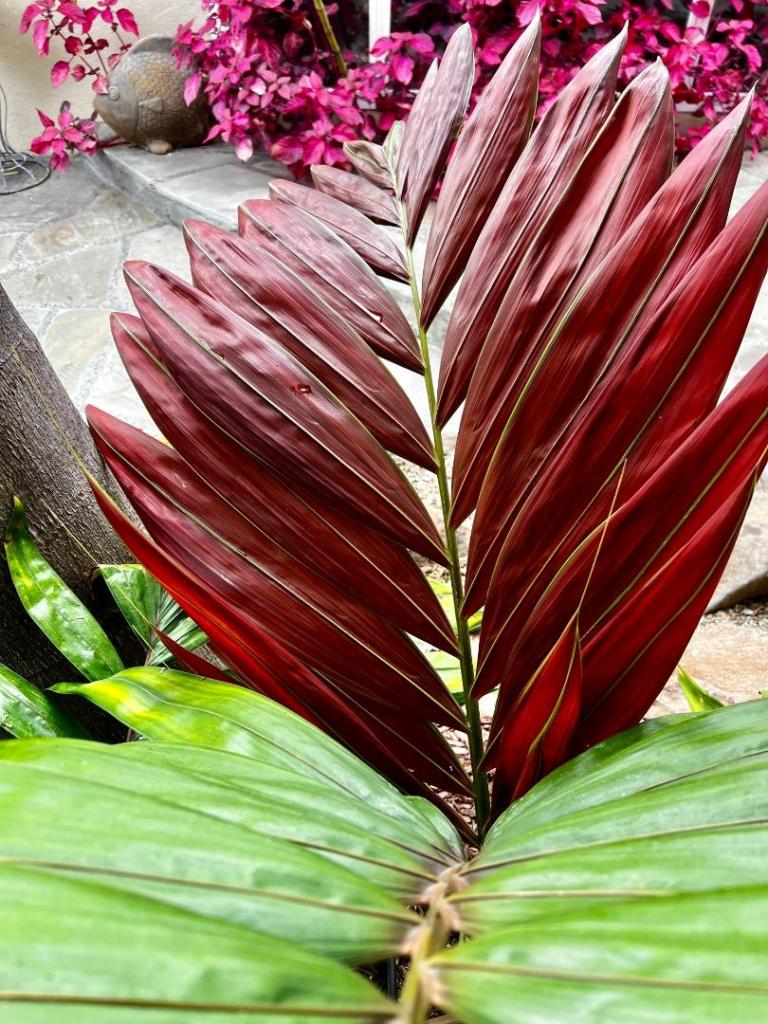

















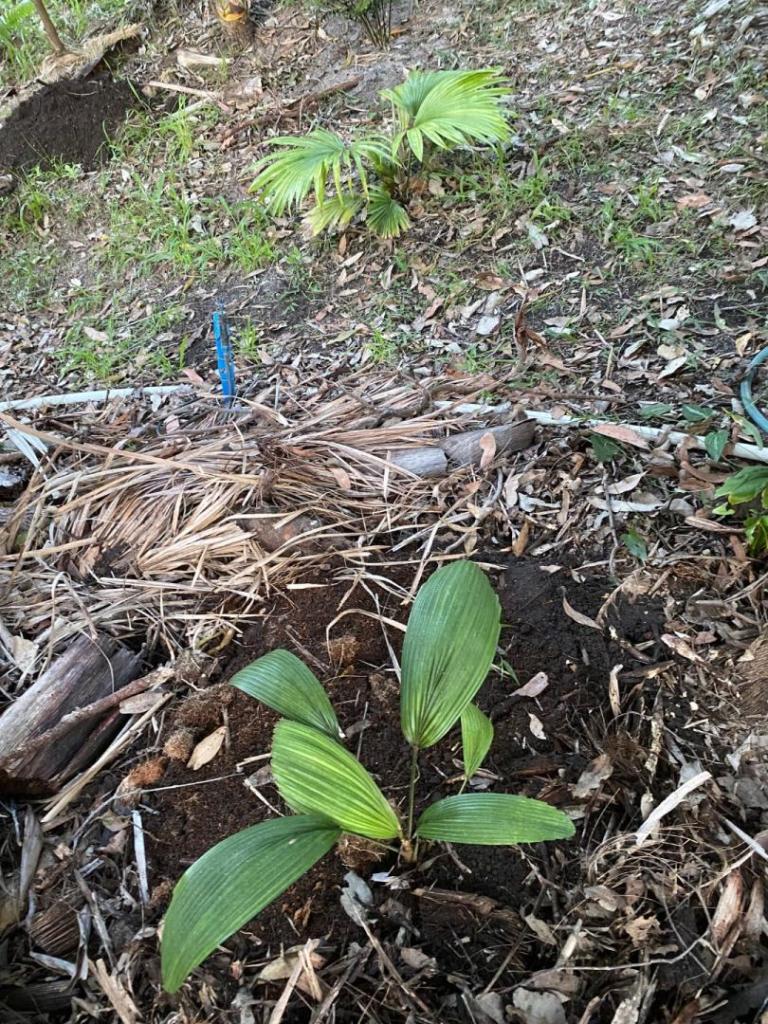



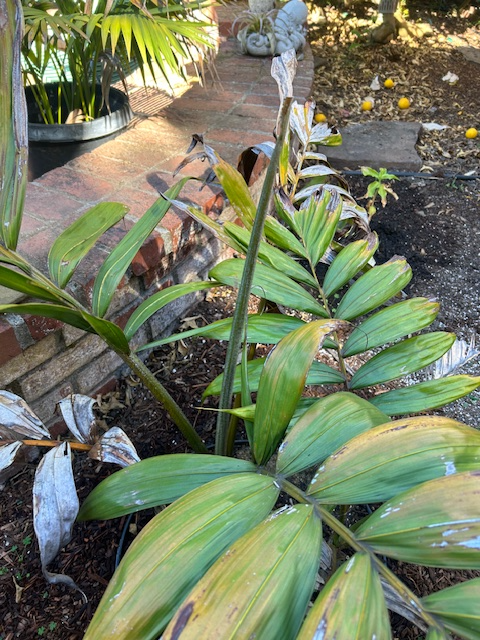

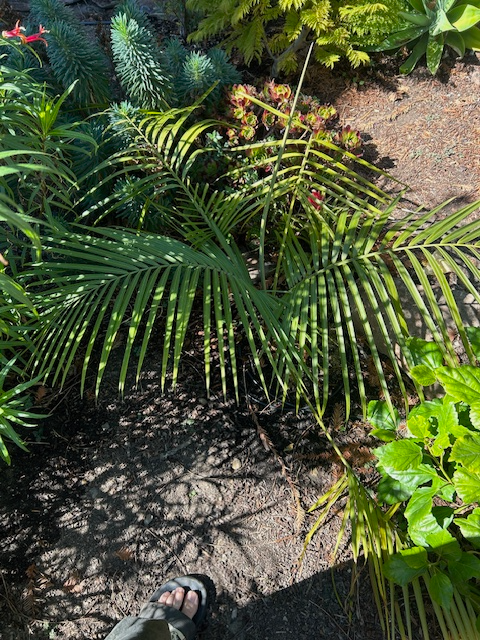












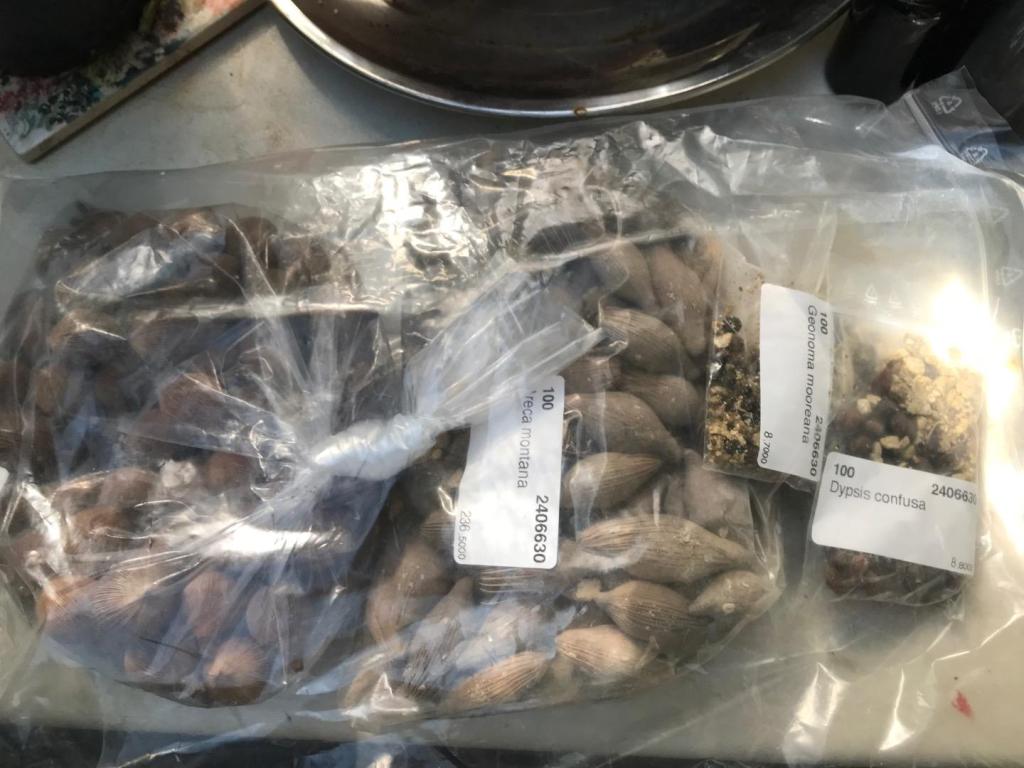


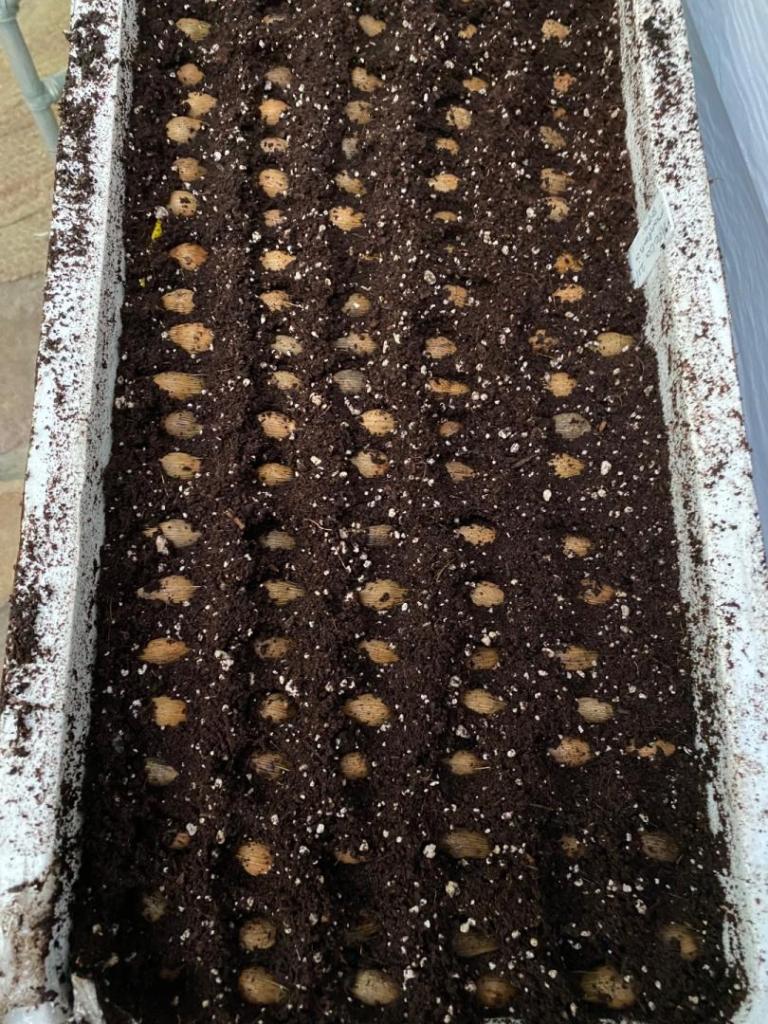

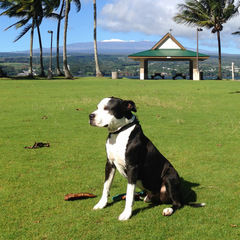
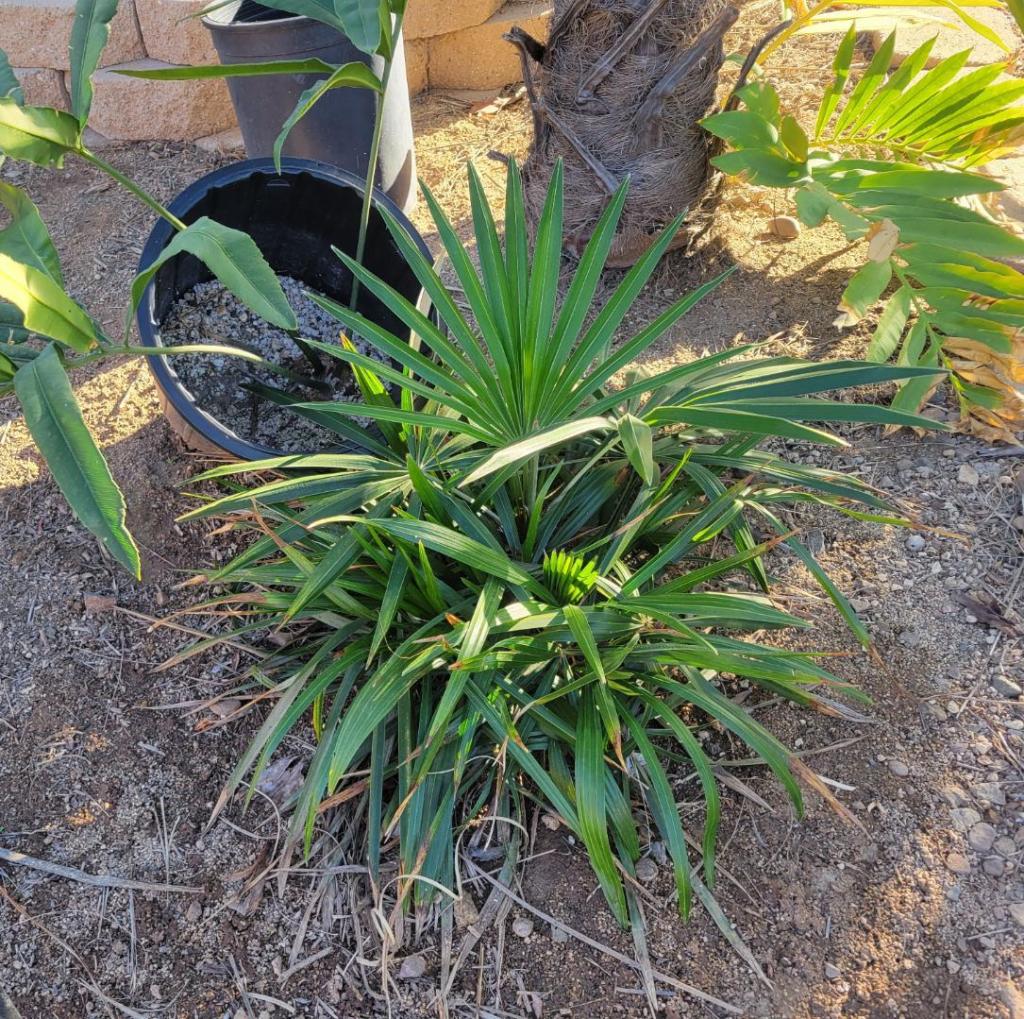





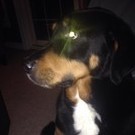









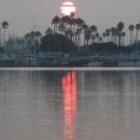





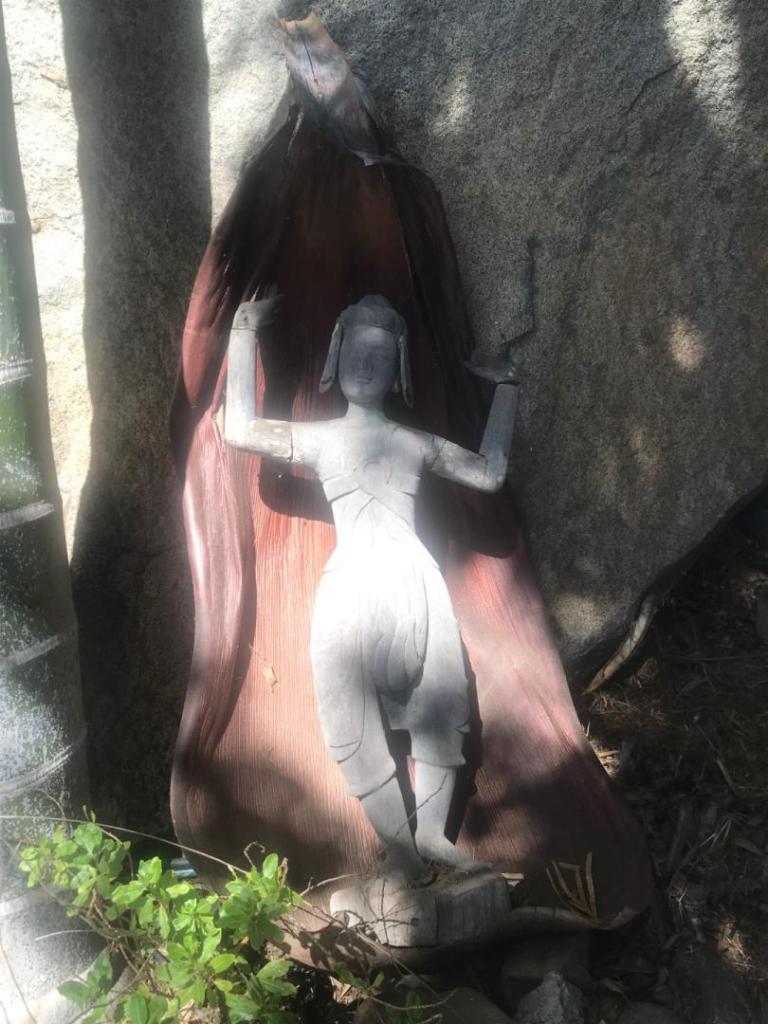

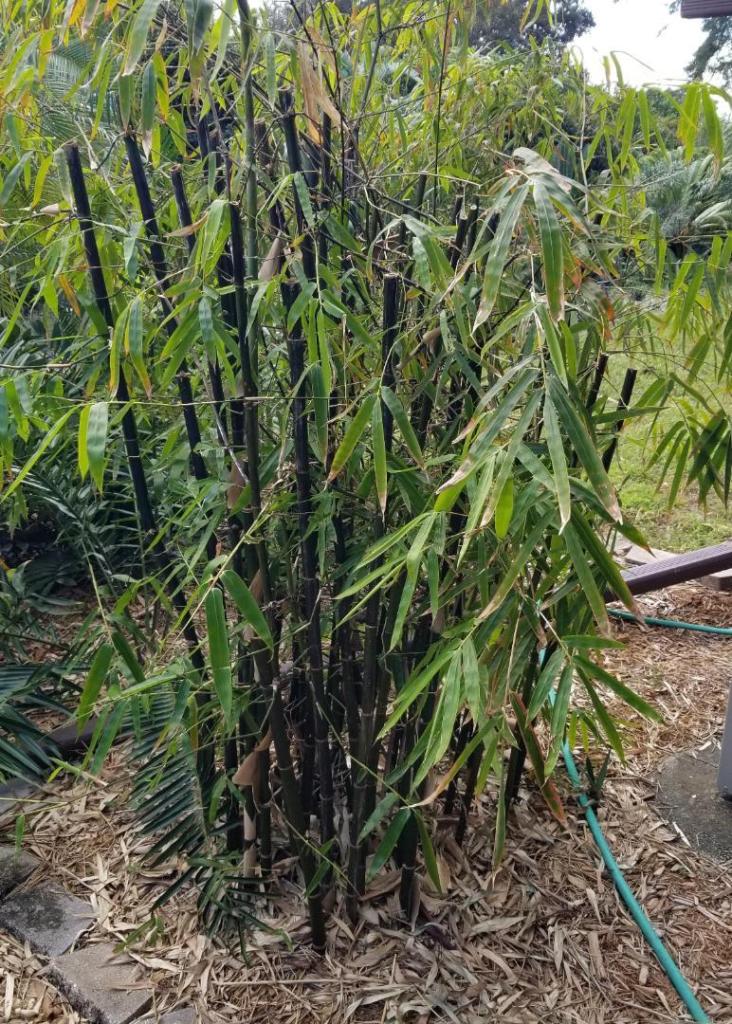



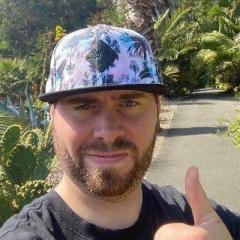
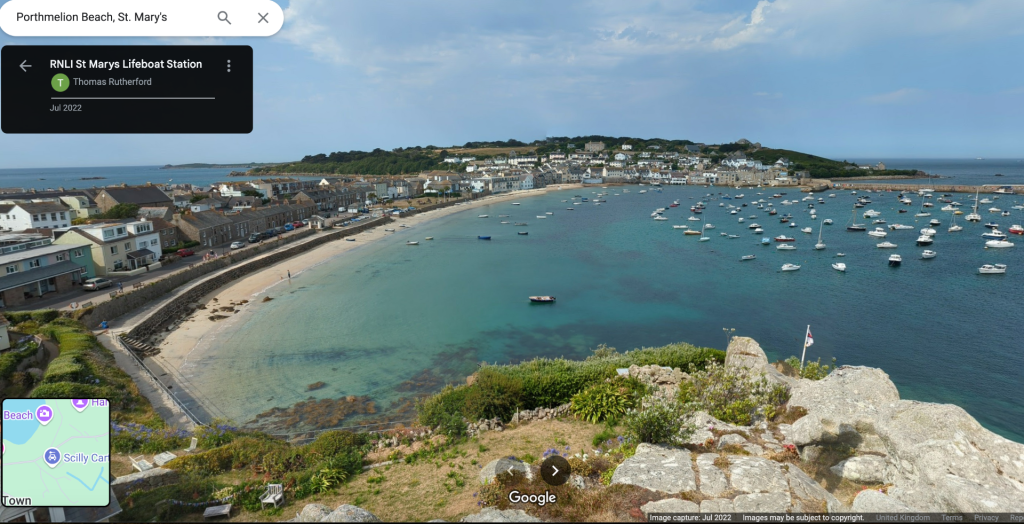






.thumb.jpg.fa31fa926516582eec21e109ec384fdf.jpg)
.thumb.jpg.4f0cbb9465958c85c1f535fe653fcb3d.jpg)




.thumb.jpg.23ec7dfb0a29e745601b09dcf10c4f63.jpg)
.thumb.jpg.9007de6035467c859d6883bce4361ec5.jpg)
.jpg.89250afdac13878fd6bcec2fd8648999.jpg)
.thumb.jpg.0e6719a71b8facc4dc3c9649dea70234.jpg)




.thumb.jpg.f573ea47d57c816f045c17cb7feb8d7f.jpg)

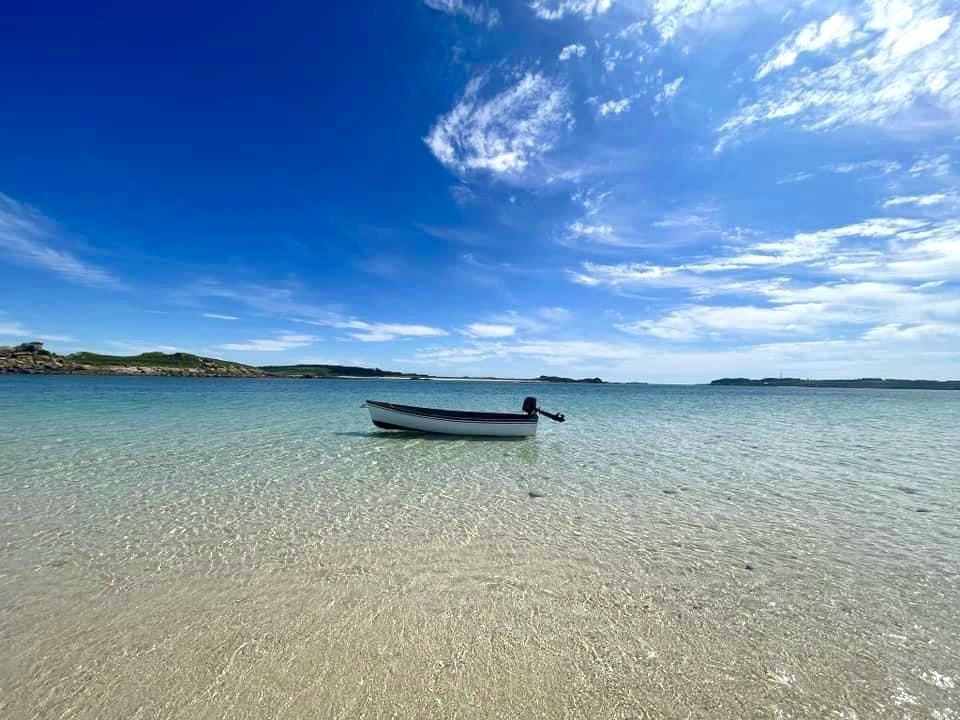
.thumb.jpg.ecc38fe221775e70cf6609db0ed07bfb.jpg)


.jpg.16f90eac799c6efd8171f2c2dca15406.jpg)

.thumb.jpg.a8b183c87e103e62b84491e02bcc6ea6.jpg)
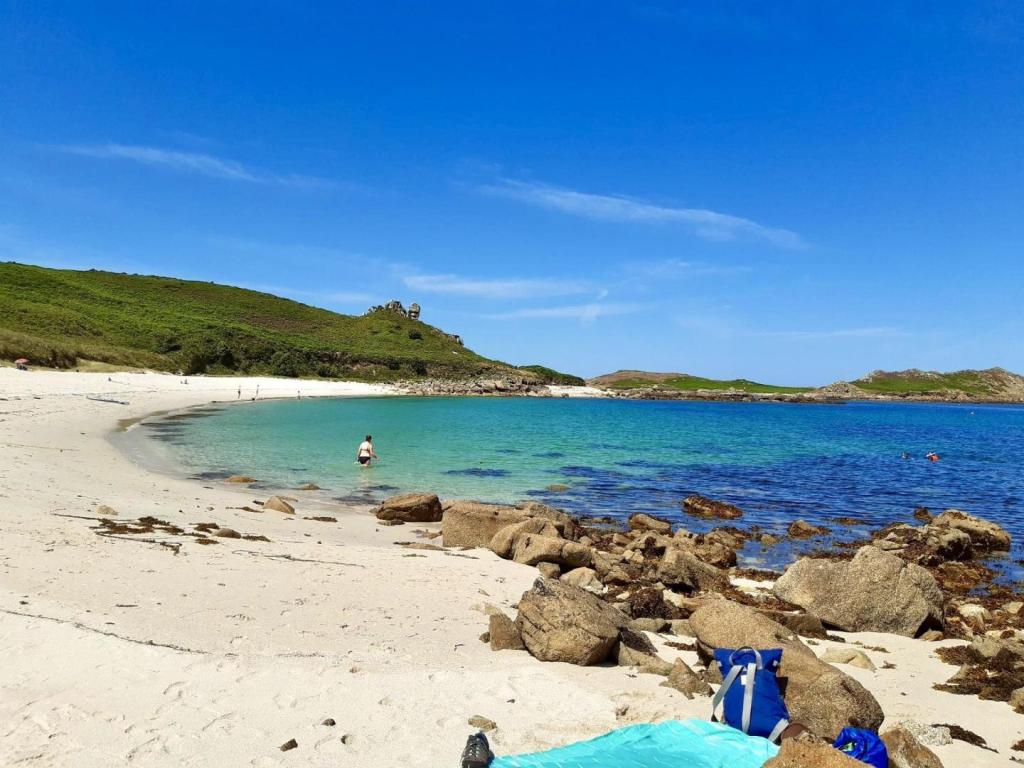
.thumb.jpg.0b6438a3b386e104ac69aeb99c3ee52e.jpg)


.jpg.b526dba4996d36b0e19be25481d07f18.jpg)
.thumb.jpg.77dd2a3bcd1563e3da5b9dff3f27ee5c.jpg)

.thumb.jpg.f8137daeae8760ec8b543155cb114ebb.jpg)
